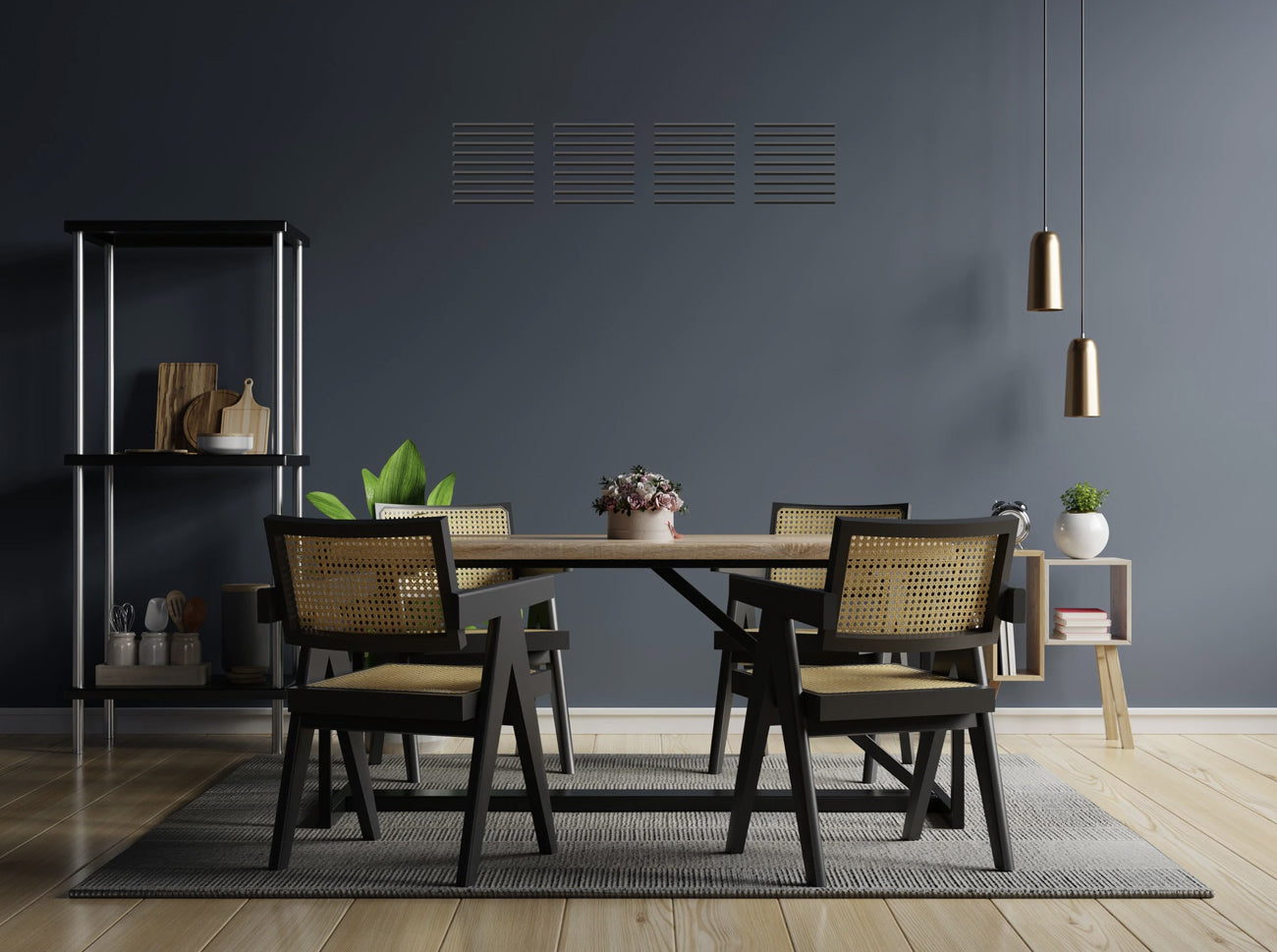
If you have a central air system, you know there are a lot of ducts running through your home. These ducts carry air to and from your heating and cooling system. In order for air to enter and exit the ducts, multiple vents are needed.
Air ducts and vents are part of a building’s heating, ventilation, and air conditioning (HVAC) system. There are two types: supply vents and return vents.
If your indoor air handler is the heart of the system, the supply ducts are the arteries and the return ducts are the veins. Remember, arteries carry blood from the heart to the body whereas the veins carry blood from the body back to the heart.
Supply Vents vs. Return Vents
SUPPLIES
Supply vents are connected to your supply ducts, which blow conditioned air into your indoor spaces.
- They are typically smaller than return vents.
- Most vents have louvers or slats (located behind the grill), allowing you to direct the airflow.
You can identify supply vents in your home by turning the system fan on and holding a piece of paper or your hand in front of the vent. If air blows out, this is a supply vent.
RETURNS
Return vents are connected to your return ducts, which pull air out of your indoor spaces to deliver to your heating and cooling system.
- They are typically larger in size.
- Return vents don’t have louvers.
You can identify return vents by turning on the system fan and holding your hand or a piece of paper up. If the paper is pulled toward the vent or you feel a suction effect, it’s a return vent.
Never Block Supply or Return Vents!
When your heating or cooling system is on, it’s not just blowing conditioned air — it’s simultaneously sucking air out. If any of your return or supply vents are blocked, the system’s entire balance is thrown off.
While you may think you are saving energy by cutting off conditioned air to unoccupied rooms, you could be increasing air pressure in the duct system, contributing to large duct leaks. Closing or blocking vents won’t decrease your energy use since the HVAC system always runs at the same speed.
Your return and supply ducts are supposed to maintain a balanced air supply. In other words, there should be an equal amount of air entering and leaving your HVAC system. If there is a difference in pressure, expect comfort and efficiency problems. Poor ductwork design and obstructed airflow can lead to similar problems.
- Go around your home and make sure none of your vents are closed or blocked by furniture or other objects.
- Improve air movement by opening doors to rooms in the home.
Signs of Unbalanced Ductwork
Contact if you notice any of the following symptoms of unbalanced air ducts:
- Hot and cold spots or uneven temperatures
- Inconsistent or non-existent airflow
- Condensation is forming on ducts
- You notice air leaks from duct connections.
